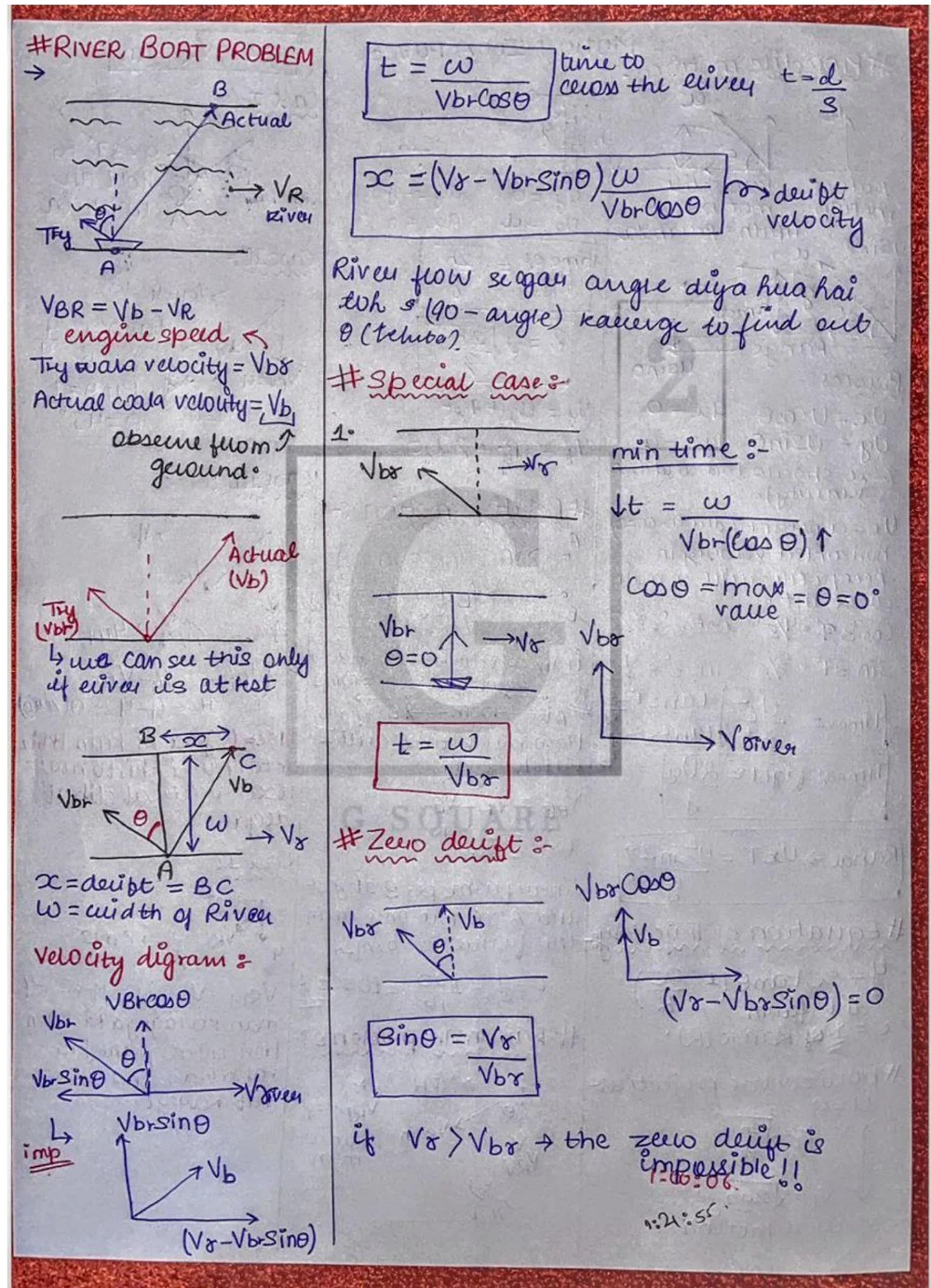Motion in a Plane (Understanding Two-Dimensional Movement) - Physics is all about describing and understanding the way objects move. Motion in a plane is a specific type of motion where an object's movement is restricted to two dimensions, which can be visualized as a flat surface. This concept forms the foundation for analyzing a wide range of everyday phenomena.
Defining Motion in a Plane
Motion in a plane simply refers to the movement of an object where its position can be described using two independent coordinates, typically denoted by x and y. Unlike one-dimensional motion where the object moves along a straight line, motion in a plane allows for a greater degree of freedom. The object's path can be curved, straight, or a combination of both, as long as it remains confined to a two-dimensional space.
Unveiling the Different Types
The world of motion in a plane is far from uniform. Here's a breakdown of some common types:
⦿ Uniform Linear Motion: This describes constant movement in a straight line with a fixed speed and direction. Imagine a car cruising at a steady pace on a highway.
⦿ Non-Uniform Linear Motion: In this case, the object's speed or direction, or both, are constantly changing. A car accelerating from a stop sign is a prime example.
⦿ Projectile Motion: This is the motion of an object thrown into the air at an angle, neglecting air resistance. A basketball player launching a jump shot showcases projectile motion.
⦿ Circular Motion: This involves an object constantly moving around a fixed central point, tracing a circular path. The motion of a satellite orbiting Earth is an example.
![Motion in a Plane - Physics Short Handwritten Notes [PDF]📚 Motion in a Plane - Physics Short Handwritten Notes [PDF]📚](https://blogger.googleusercontent.com/img/b/R29vZ2xl/AVvXsEg-DjF5TdE76AI187esgaf_byBeb8SnmzQDnLMeKw3nBa2SjDbpHeMykLzjVYTJLscYbCDwkEPbMtorys84agPUm2pO-SmJH8XjjPbK06_eZfcAj9qbufA2ff35EL37Mki85Dxd_wQW5yJGhQ3APEuUxJ1JI5jSBxzxCgLjxR49gddj3gmsLLtC8jMRYJY/s16000-rw/Motion%20in%20a%20Plane%20-%20Physics%20Short%20Handwritten%20Notes%20(2).jpeg)
Examples in Action: Motion in the Real World
Motion in a plane isn't just a theoretical concept. It has numerous applications in our daily lives:
⦿ Sports: Analyzing the trajectory of a thrown ball or the path of a runner requires understanding motion in a plane.
⦿ Projectiles: Calculating the range and height of a fired projectile relies on the principles of projectile motion.
⦿ Engineering: Designing bridges, airplanes, and other structures involves considering the forces and motions acting in two dimensions.
⦿ Animation: Creating realistic movement patterns in animation software requires knowledge of motion in a plane.
A Handy Formula Table for Quick Reference
Here's a quick reference table containing some essential formulas used in motion in a plane:
⦿ Displacement (d): d = √(x² + y²) (where x and y are the displacements in the x and y directions)
⦿ Average Velocity (v_avg): v_avg = d / t (where d is the displacement and t is the time taken)
⦿ Instantaneous Velocity (v): v = lim (Δx / Δt) as Δt approaches 0 (where Δx and Δt are infinitesimal changes in position and time)
⦿ Acceleration (a): a = (v_f - v_i) / t (where v_i and v_f are the initial and final velocities, and t is the time taken)
⦿ Projectile Motion - Horizontal Distance (x): x = v₀ * cos(θ) * t (where v₀ is the initial velocity, θ is the launch angle, and t is the time)
⦿ Projectile Motion - Vertical Distance (y): y = v₀ * sin(θ) * t - 1/2 * g * t² (where v₀ is the initial velocity, θ is the launch angle, t is the time, and g is the acceleration due to gravity)
By understanding these formulas and concepts, you can gain a deeper appreciation for the two-dimensional motion that governs so much of the world around us.
FAQs about motion in a plane:
General Concepts
What's the difference between motion in a plane and one-dimensional motion?
Motion in a plane allows for movement in two directions (x and y), while one-dimensional motion restricts movement to a single straight line.
Can an object be at rest and still be undergoing motion in a plane?
Yes. If an object maintains a fixed position within a two-dimensional space, it's considered at rest even though it's technically part of the Earth's motion (rotation and revolution).
Types of Motion
How does projectile motion differ from uniform linear motion?
Uniform linear motion has constant speed and direction, while projectile motion involves an object thrown at an angle, with its path constantly influenced by gravity.
What if an object moves in a circle but with changing speed? Is it still considered circular motion?
Yes, as long as the object keeps tracing a circular path around a fixed center point, even with varying speed, it's considered circular motion.
Applications and Formulas
How are the formulas for motion in a plane used in real-life scenarios?
These formulas help calculate things like the trajectory of a football kick, the range of a cannon firing, or the forces acting on a bridge during construction.
I'm struggling with a specific formula. Are there any resources to help me understand it better?
Many online resources and physics textbooks offer in-depth explanations and practice problems related to motion in a plane formulas. Don't hesitate to search for tutorials or consult your teacher for clarification.



.jpeg)


.jpeg)

